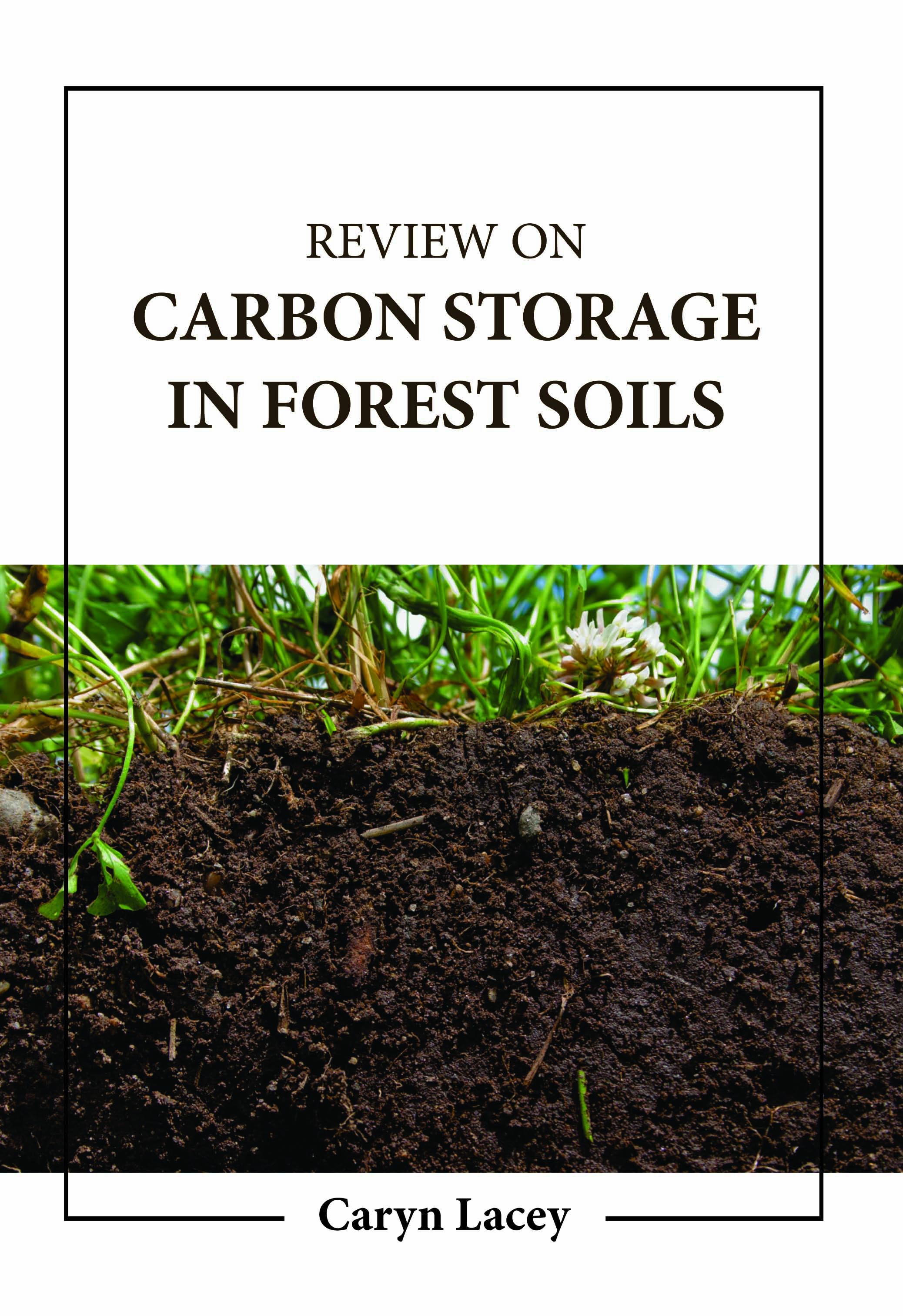
Review on Carbon Storage in Forest Soils
by Caryn Lacey
| ISBN | 9781806246465 |
|---|---|
| Publisher | Digital Drive Learning |
| Copyright Year | 2026 |
| Price | $261.00 |

by Caryn Lacey
| ISBN | 9781806246465 |
|---|---|
| Publisher | Digital Drive Learning |
| Copyright Year | 2026 |
| Price | $261.00 |
Soils in equilibrium with a natural forest ecosystem have high carbon (C) density. The ratio of soil: vegetation C density increases with latitude. Land use change, particularly conversion to agricultural ecosystems, depletes the soil C stock. Thus, degraded agricultural soils have lower soil organic carbon (SOC) stock than their potential capacity. Consequently, afforestation of agricultural soils and management of forest plantations can enhance SOC stock through C sequestration. The rate of SOC sequestration, and the magnitude and quality of soil C stock depend on the complex interaction between climate, soils, tree species and management, and chemical composition of the litter as determined by the dominant tree species. Forest ecosystem is one of the most important parts of terrestrial ecosystems and the largest carbon pool, occupying an integral position in global carbon cycle of terrestrial ecosystems. The world's total forest area was about 4 billion hectares, corresponding to about 31% of the total land area. Over 86% of the global vegetation carbon pool and over 73% of the global soil carbon pool are stored in forest ecosystem. Forest ecosystem has higher productivity than any other terrestrial ecosystems, with its fixed carbon accounting for more than two-thirds of the total amount in terrestrial ecosystems each year. This book “Review on Carbon Storage in Forest Soils” covers all relevant aspects in details creating it useful for everyone.